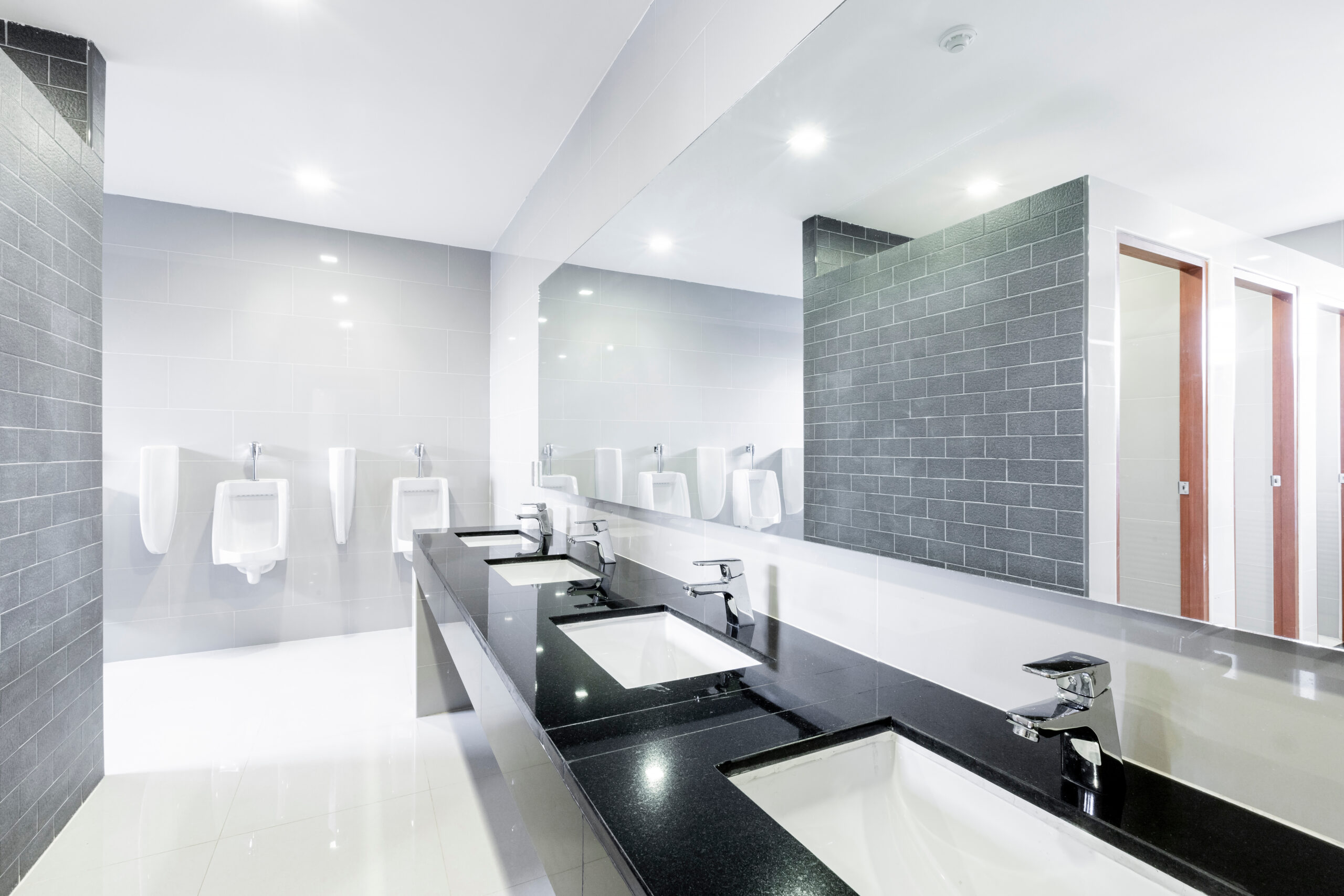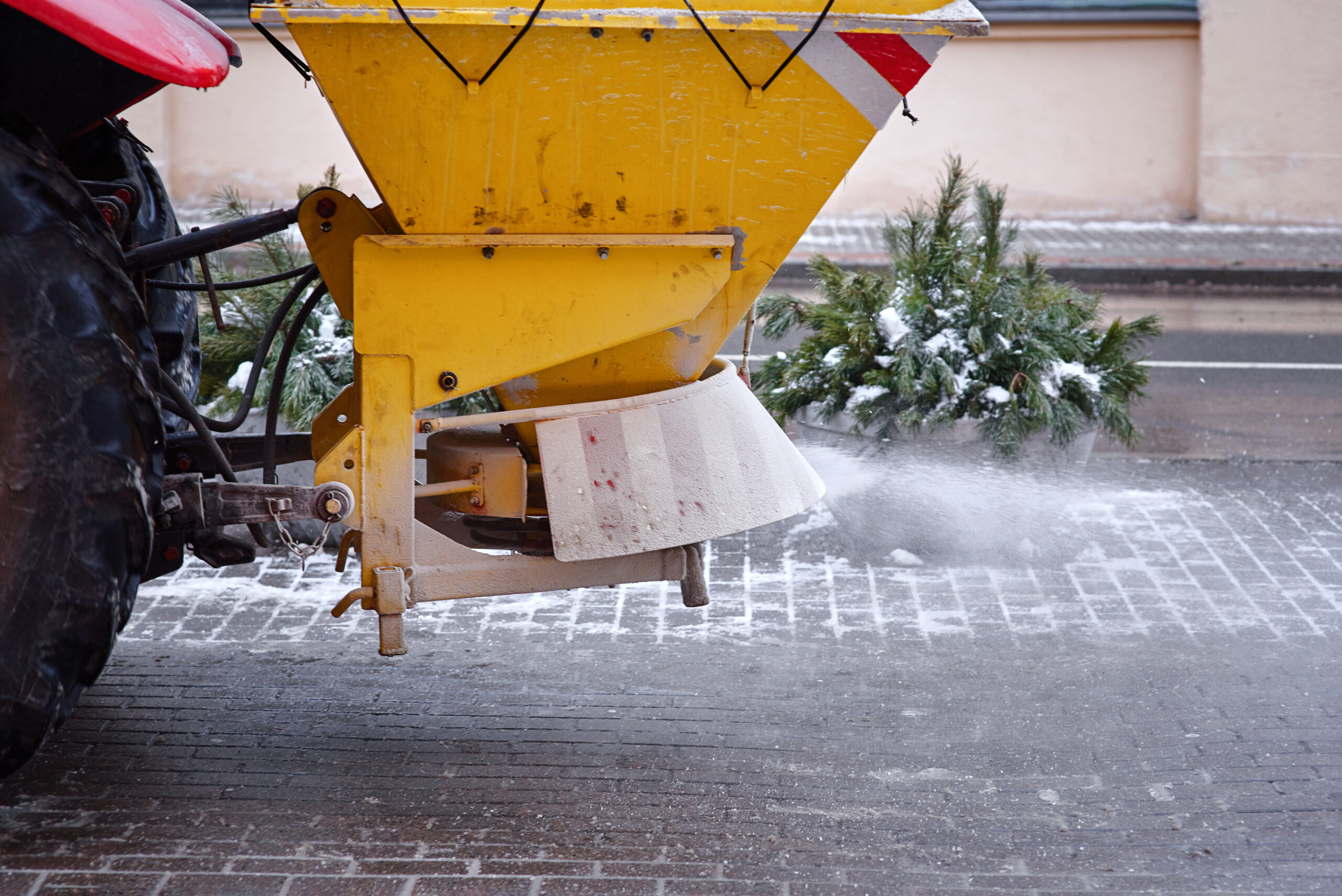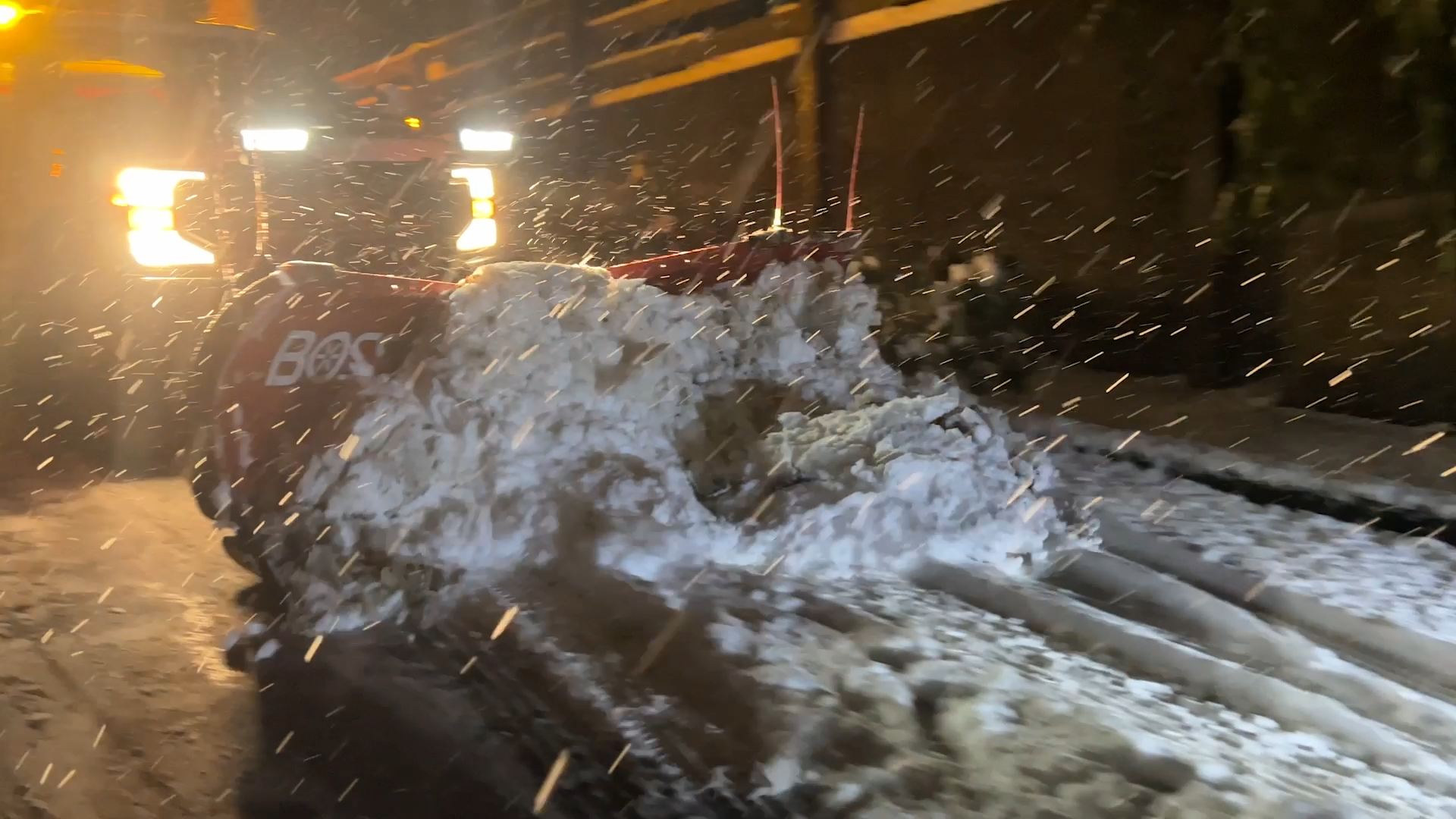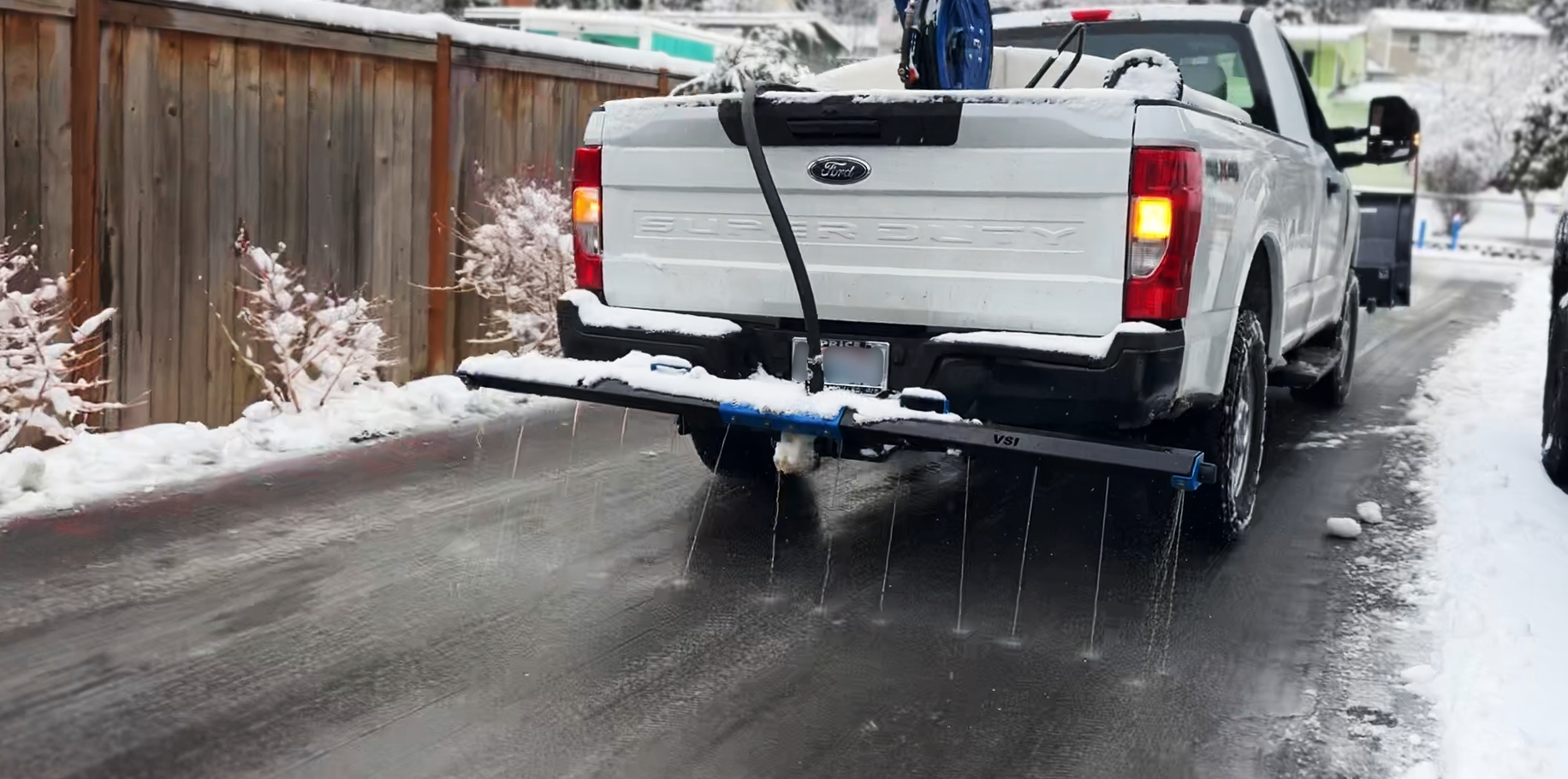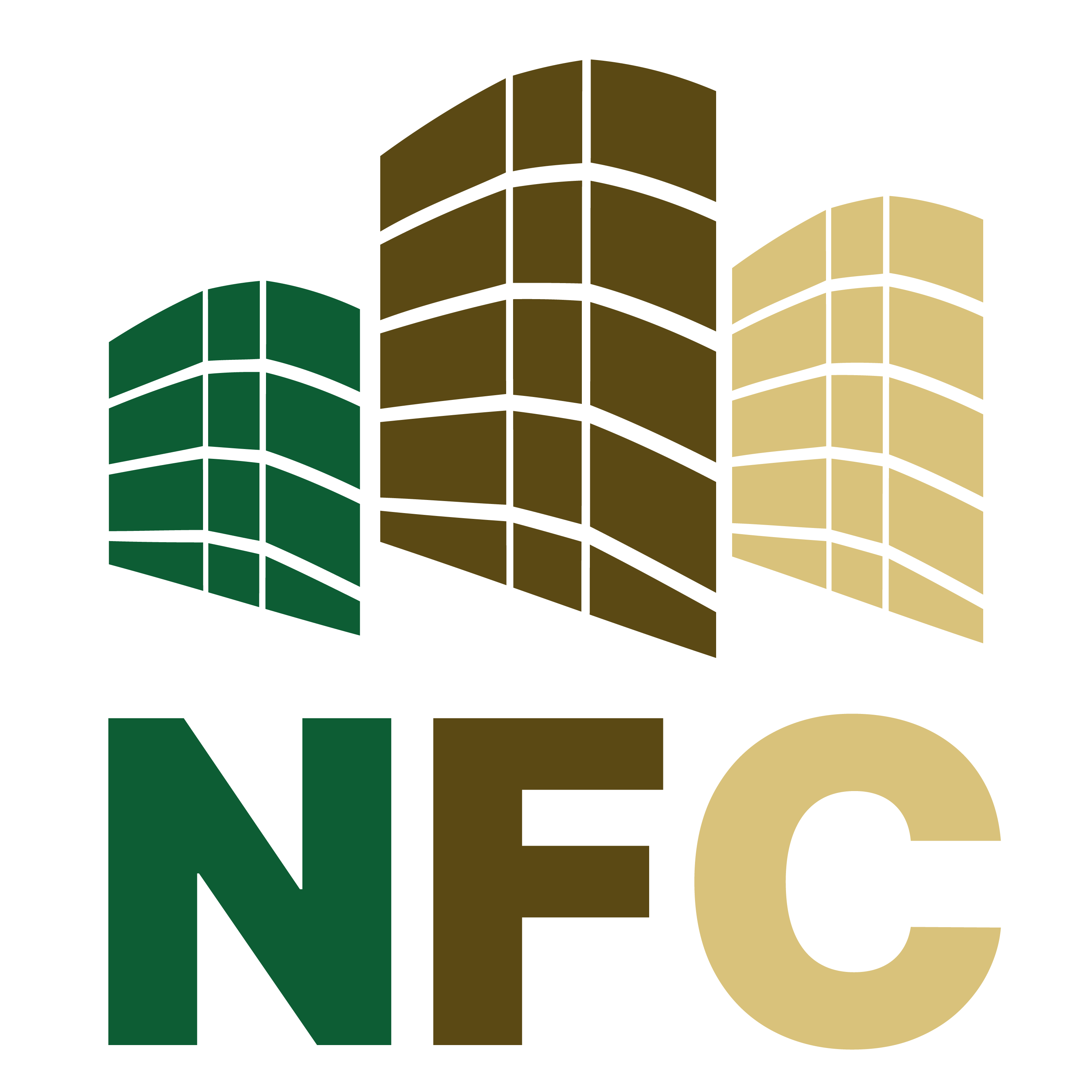How to Build a Facility Maintenance Plan
Facility maintenance runs on preparation, not reaction. When systems fail, the cost isn’t just measured in dollars—it’s felt in lost time, disrupted operations, and frustrated staff. A proper maintenance plan isn’t a binder collecting dust on a shelf. It’s a living set of instructions that adapt to real buildings, real people, and real priorities.
Learning From the Unexpected
Three winters ago, a minor thermostat glitch spiraled into a facility-wide issue. Heating shut down during a weekend cold snap. By Monday, pipes had frozen, ceilings were leaking, and several spaces were unusable. The thermostat wasn’t ignored—it just wasn’t tracked regularly. That one failure resulted in thousands in repairs. It was a wake-up call: what gets written down gets done. What gets assigned gets checked.
Start With What Breaks Most Often
The best starting point for any plan is identifying what breaks. Think HVAC systems, electrical panels, plumbing fixtures, and anything connected to safety or compliance. Walk through the building with fresh eyes. Don’t just observe—listen. That humming fan, rattling pipe, or flickering light might be the early sign of a future failure.
Once issues are noted, label assets by priority:
- Essential: Systems tied to life safety, compliance, or critical operations (e.g., fire suppression, elevators).
- Operational: Equipment that impacts daily comfort and workflow (e.g., HVAC, lighting).
- Non-critical: Features that affect appearance or convenience (e.g., lobby lighting, door closers).
This exercise helps define where time and budget should go first.
Establish Repeatable Schedules
Every system requires attention, but not all at the same interval. For example:
- HVAC filters might need monthly changes.
- Roof drains need quarterly inspections.
- Fire suppression systems often require annual testing.
Build a maintenance calendar that reflects each system’s specific cadence. Use software if available; if not, a shared spreadsheet can track dozens of tasks if structured clearly.
Most importantly, assign each task to someone—whether it’s internal staff or a vendor. A task with no name attached is a task that’s likely to be missed.
Keep Logs Simple and Useful
Logs should serve the people using them. Technicians don’t need to write novels. A quick note like “Filter replaced – no damage found” is enough. Clarity matters more than complexity.
One helpful addition: photo documentation. A picture of a new belt or a clean coil can clear up doubts, provide proof of service, and simplify team handoffs when shifts change or vendors rotate.
Don’t Just Train—Explain
Too many maintenance instructions are pulled from manuals that read like engineering textbooks. If your team can’t explain the task in plain language, your plan needs work.
Be specific. Don’t just write “tighten belt”—say how tight. Don’t just write “check bearings”—explain what wear looks like. Quarterly refreshers—short sessions that walk through a task or review a recent issue—go a long way toward keeping everyone sharp and consistent.
Make Spare Part Tracking a Habit
Small delays cause big disruptions. A missing fuse or relay switch can shut down systems for hours or days. Maintain a parts inventory focused on the most common service calls. Assign restock levels and check them monthly.
A $20 relay replacement could take three days to replace—simply because it wasn’t tracked. That tiny oversight will delay operations, impact staff, and could have been prevented with a simple checklist.
Match Budget to Building Needs
There’s no one-size-fits-all when it comes to maintenance budgets. A newer building might only need routine service, while an older facility could face aging chillers, worn roofing, or outdated control systems.
Start by reviewing past expenses:
- Emergency repair invoices
- Preventive maintenance costs
- Contractor fees
- Equipment age and warranty status
Build a forecast that aligns with system condition, not just square footage. Avoid flat budgeting across locations. One property might need quarterly roof service, while another needs only pest control and HVAC checks.
Tie Maintenance to Energy Use
Energy efficiency doesn’t just come from new equipment. It also comes from systems working at their best. Dirty coils, misaligned dampers, and poor insulation can quietly drive up costs.
Include energy-related inspections in your plan:

- Duct sealing and insulation checks
- Thermostat calibration
- Lighting control testing
- Filter replacement schedules
Compare utility bills monthly. If usage spikes, look for causes beyond equipment age—maintenance gaps are often to blame.
Know Who to Call When It Matters
Emergencies test your preparedness. Make sure you have:
- A printed and digital list of utility providers, emergency contacts, and core vendors
- A backup power strategy (if required)
- Staff roles and escalation paths defined
After each emergency, conduct a review. What happened? How fast was the response? What failed? Each review helps improve response times and reduce downtime next time.
Track Performance, Not Just Activity
It’s easy to say “task complete.” What matters more is what changed. Start tracking:
- Percentage of planned tasks completed on time
- Number of unplanned service calls
- Downtime by system or area
- Repair costs per square foot
Over time, these metrics paint a clear picture of system health and team performance. Use them to refine the plan—not to assign blame, but to improve outcomes.
Adjust As Things Change
Buildings evolve. Your maintenance plan must evolve too.
Additions, renovations, vendor changes, and new technologies all shift responsibilities. Every quarter, review your plan:
- Has new equipment been added?
- Have vendors changed?
- Are certain issues repeating?
A flexible plan stays relevant. A static plan just checks boxes.
Show Appreciation Where It Counts
Most maintenance happens out of sight. But the work being done prevents major disruptions, reduces costs, and keeps buildings safe.
Recognize those contributions:
- Highlight good catches in team meetings
- Acknowledge preventive work in performance reviews
- Celebrate zero-downtime quarters
Simple gestures build a culture where maintenance isn’t seen as “just fixing things,” but as a proactive part of building performance.
Check Rules Before They Cost You
Codes, fire safety regulations, environmental standards—they all evolve. Failing to update your maintenance practices can result in fines, failed inspections, or denied insurance claims.
Assign someone to monitor regulatory updates and:
- Track expirations of required permits
- Schedule inspections tied to code
- Maintain documentation for all tests and compliance work
Even a missed backflow test can cause a domino effect if caught during an audit.
Use Feedback From the People Who Use the Space
Building users often notice issues before systems fail. The receptionist may hear a door dragging. Tenants may feel airflow problems before thermostats detect them.
Encourage feedback:
- Set up QR codes or a shared inbox
- Respond quickly to submissions
- Treat reports as early warnings, not annoyances
This kind of real-time input helps catch problems early and builds trust in the maintenance team.
Plan for What’s Getting Old
All systems have a shelf life. Know what’s aging, and plan accordingly. Boilers, chillers, flooring, roofing—they all follow predictable lifespans.
Each year:
- Review expected replacement timelines
- Build reserves for major capital projects
- Identify what needs budgeting over 3–5 years
Surprises cost more than planned upgrades. Maintenance planning must include replacement planning too.
Small Tools, Big Impact
Technology doesn’t have to mean expensive overhauls. Consider:
- Motion-sensing lights
- Smart thermostats
- Leak detectors
- Basic condition sensors
Try one smart upgrade each quarter. Evaluate the ROI, and keep what works.
Conclusion
Facility maintenance planning is more than task management. It’s how you protect the health of your building, the safety of its occupants, and the stability of your budget. Plans should adapt, improve, and reflect the true conditions on the ground. Whether you’re just starting or refining a mature program, success comes from being intentional, responsive, and consistent.
Prepared buildings don’t just stay up and running—they stay ahead.


